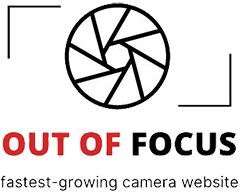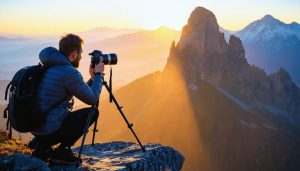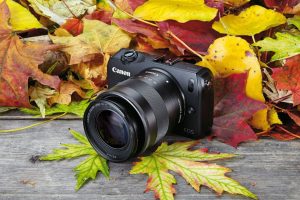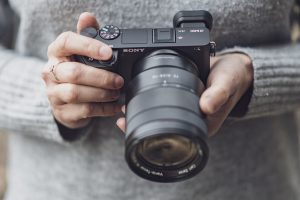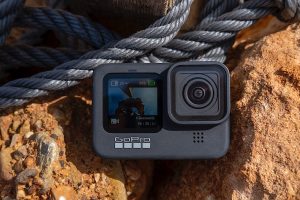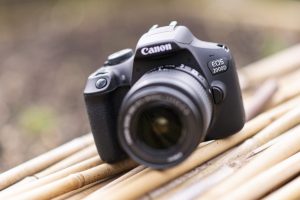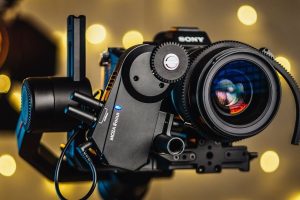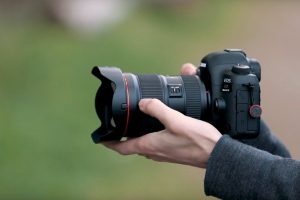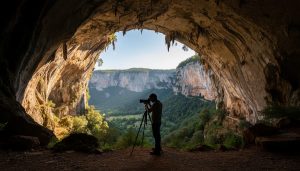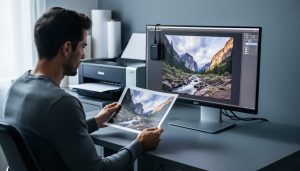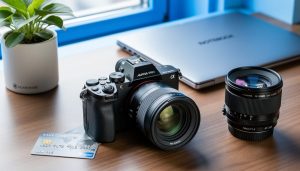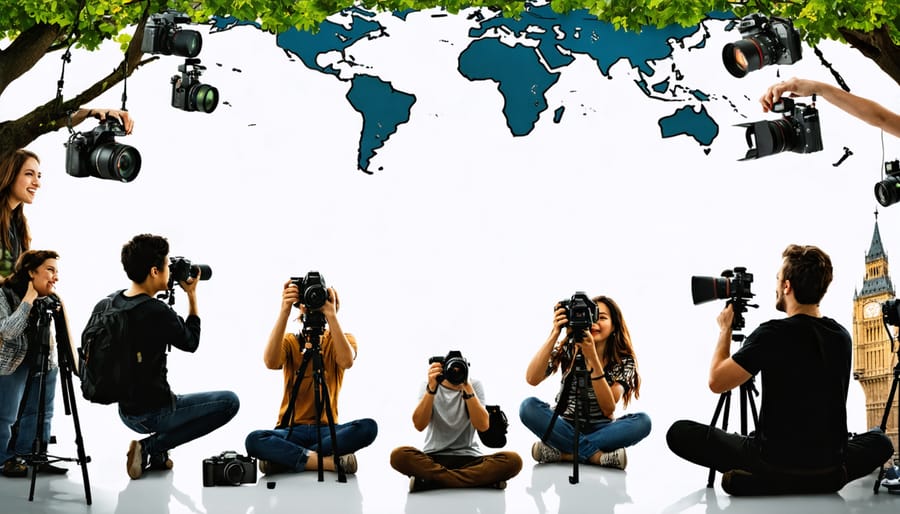
A single photograph can freeze time, capture raw emotion, and convey complex narratives without uttering a word. Through the careful interplay of light, composition, and timing, photographers transform fleeting moments into lasting stories that resonate across cultures and generations. The most compelling images don’t just document reality – they reveal hidden truths, challenge perspectives, and forge emotional connections with viewers.
Think of a photograph as a visual sentence, where every element – from the subject’s expression to the subtle interplay of shadows – contributes to the narrative. Master photographers understand that storytelling through imagery isn’t just about capturing what’s in front of the lens; it’s about distilling the essence of a moment and presenting it in a way that draws viewers into the story’s heart.
Whether documenting life-changing events or quiet, intimate moments, the power of photographic storytelling lies in its ability to transcend language barriers and speak directly to the human experience. By mastering both technical expertise and narrative intuition, photographers become visual storytellers, crafting images that don’t just show what happened, but make viewers feel as if they were there when it did.
This delicate balance of technical skill and artistic vision transforms ordinary scenes into extraordinary stories, creating visual narratives that linger in viewers’ minds long after they’ve looked away.
The Elements of Visual Storytelling
Composition and Context
The way you frame and compose your photograph sets the foundation for its narrative power. Effective composition techniques like the rule of thirds, leading lines, and framing can guide viewers through your visual story, creating a natural flow that enhances understanding and emotional impact.
Consider perspective as your storytelling viewpoint. Shooting from ground level can make subjects appear more imposing and dramatic, while an aerial view might reveal previously hidden relationships between elements. The angle you choose becomes the viewer’s eyes, determining how they’ll experience the story you’re telling.
Environmental elements play a crucial role in building context. Background details, lighting conditions, and surrounding objects all contribute to the narrative. A rain-soaked street tells a different story than the same scene on a sunny day. Even subtle details like shadows, reflections, or weather conditions can dramatically alter the mood and meaning of your image.
Pay attention to the relationship between your main subject and their environment. Sometimes, negative space speaks volumes, while in other situations, a busy scene filled with relevant details enriches the story. The key is ensuring every element in your frame serves a purpose in advancing your narrative, whether through contrast, context, or emotional resonance.
Capturing Decisive Moments
The art of documentary photography hinges on the photographer’s ability to anticipate and capture fleeting moments that tell powerful stories. Success in capturing authentic moments requires a combination of technical preparedness and intuitive awareness of your surroundings.
Timing is everything in documentary photography. Train yourself to observe patterns in human behavior and environmental conditions. Watch how light changes throughout the day, how people interact in different settings, and how events typically unfold. This observational practice helps you predict when significant moments might occur, allowing you to position yourself strategically.
Keep your camera ready with appropriate settings pre-configured. Documentary situations rarely offer second chances, so quick reflexes and technical confidence are essential. Consider using continuous shooting mode for fast-moving scenes, and practice zone focusing to reduce autofocus delays in crucial moments.
Learn to read body language and facial expressions. Before someone laughs, they often display subtle hints in their expression. Before a dramatic moment in a sporting event, players’ positioning can telegraph what’s about to happen. These visual cues become your allies in anticipating storytelling opportunities.
Remember that decisive moments aren’t always dramatic. Sometimes the quietest instances – a gentle touch between loved ones, a child’s contemplative expression, or a worker’s weathered hands – can tell the most compelling stories. Train your eye to recognize these subtle yet powerful narrative moments in everyday scenes.
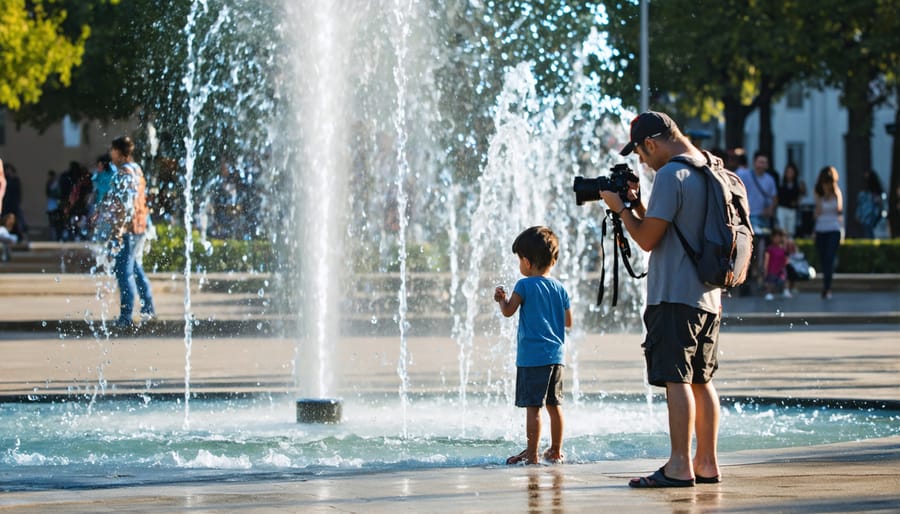
Technical Considerations for Storytelling
Choosing the Right Lens
Your choice of lens dramatically shapes how you tell your story through photography. Wide-angle lenses (16-35mm) help capture the broader context, placing your subject within their environment and revealing relationships between different elements in the scene. They’re perfect for environmental portraits and street photography where the setting is crucial to the narrative.
Standard focal lengths (35-50mm) closely mirror human vision, making them ideal for documentary work where authenticity is key. These lenses help viewers feel like they’re right there in the moment, experiencing the scene firsthand.
Telephoto lenses (70mm and beyond) compress perspective and isolate subjects, allowing you to focus on intimate emotional moments or specific details that might otherwise get lost. They’re particularly effective for capturing candid expressions and creating visual separation between your subject and the background.
Consider how each focal length affects the viewer’s emotional connection to your image. A wide-angle shot of a street performer might emphasize their relationship with the crowd, while a telephoto capture could spotlight their intense concentration, each telling a different aspect of the same story.

Light and Mood
Light is the fundamental essence of photography, and its manipulation can dramatically enhance your story’s emotional impact. Mastering natural light isn’t just about proper exposure; it’s about creating atmosphere and guiding your viewer’s emotional response.
Consider how early morning light, with its soft golden hues, can evoke feelings of hope and new beginnings, while harsh midday shadows might emphasize conflict or struggle. The way light falls across a subject’s face can reveal or conceal emotions, adding layers of complexity to your narrative.
When documenting stories, pay attention to how natural light interacts with your environment. Backlight can create dramatic silhouettes that emphasize form over detail, perfect for conveying mystery or anonymity. Side lighting can sculpt features and textures, bringing depth and dimension to your subjects. Even overcast days have their storytelling potential, with diffused light creating a mood of contemplation or melancholy.
Remember that timing is crucial. Sometimes waiting for the perfect light can transform an ordinary scene into an extraordinary story moment. Watch how shadows move, how light reflects, and how these elements can reinforce your narrative’s emotional core.
Camera Settings for Documentary Work
When shooting documentary work, your camera settings need to strike a balance between capturing authentic moments and maintaining technical quality. Start with aperture priority mode (A or Av) to control depth of field while letting the camera handle shutter speed. A moderate aperture like f/5.6 or f/8 provides enough depth of field for context while still allowing subject separation.
For capturing spontaneous moments, keep your shutter speed at 1/250th second or faster to freeze motion. In low light, don’t hesitate to raise your ISO – modern cameras handle high ISO well, and it’s better to have a slightly noisy image than a blurry one. Auto ISO with a minimum shutter speed can be particularly helpful for documentary work.
Consider using continuous autofocus (AI Servo or AF-C) with back-button focus for tracking moving subjects. This setup allows you to maintain focus on dynamic scenes while keeping your composition flexible. For discrete shooting, enable silent shutter mode if your camera has it, and turn off artificial sounds and the AF assist beam.
Keep your camera in burst mode at medium speed – this gives you multiple frames to choose from without filling your memory card too quickly.
Building a Photo Essay
Sequence and Flow
Just as a novel flows from chapter to chapter, photographs in a story should progress naturally from one image to the next. Creating this visual flow requires careful consideration of both the order and relationship between your images.
Start by identifying your opening shot – it should be strong enough to grab attention while setting the scene for what’s to come. Think of it as your story’s first impression. Follow this with supporting images that build upon each other, gradually revealing more layers of your narrative.
Consider using a mix of wide, medium, and close-up shots to provide different perspectives. A wide shot might establish the location, while medium shots capture action and relationships. Close-ups can reveal intimate details or emotions that add depth to your story.
Pay attention to visual transitions between images. Colors, shapes, or themes can create natural bridges from one photo to the next. For instance, if one image ends with a strong vertical line on the right, the next might begin with a complementary element on the left, creating visual continuity.
Think about pacing too. Just as a story has moments of action and quiet reflection, your photo sequence should vary in intensity. Dramatic moments can be followed by quieter, more contemplative shots, allowing viewers to process what they’ve seen before moving forward.
Finally, end with a memorable image that provides closure while reinforcing your story’s message. This lasting impression should leave viewers with something to think about, tying together all the elements of your visual narrative.
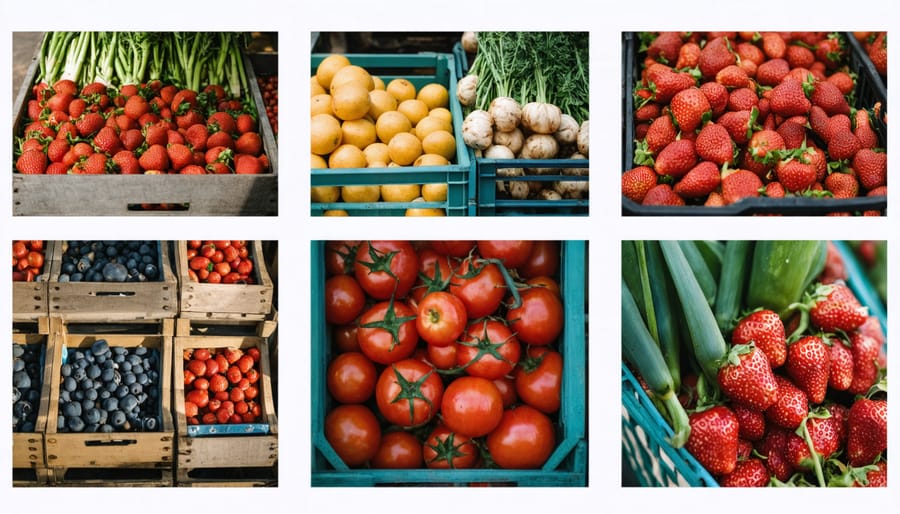
Supporting Elements
While a powerful photograph can stand alone, thoughtfully crafted supporting elements can elevate your visual narrative to new heights. Captions serve as a vital bridge between the image and your audience, providing essential context that might not be immediately apparent in the photograph itself.
When writing captions, focus on answering the fundamental questions: who, what, when, where, and why. A well-crafted caption doesn’t merely describe what’s visible in the frame but adds layers of meaning by revealing the story behind the moment. For instance, instead of writing “A woman standing by a window,” try “Maria gazes through her childhood home’s window for the last time before moving abroad.”
Accompanying text, whether in the form of a photo essay or extended description, should complement rather than compete with your images. Think of it as a harmonious duet between words and visuals. Use text to provide background information, historical context, or personal insights that deepen the viewer’s understanding and emotional connection to the story.
Remember to maintain consistency in your voice and tone across both visual and written elements. If your photographs convey a sense of intimacy, your supporting text should mirror that same quality. This cohesive approach helps create a more immersive storytelling experience that resonates with your audience on multiple levels.
Ethical Considerations
When photographs tell stories, they carry immense power to influence perspectives, shape narratives, and impact lives. This power comes with significant responsibility, making it crucial for photographers to understand and navigate the ethical landscape of documentary photography.
First and foremost, consent and respect for subjects should be paramount. While public photography may be legal in many places, understanding ethical considerations in street photography helps maintain the delicate balance between artistic expression and personal privacy. Always consider whether your photograph might cause harm or distress to your subjects, even if unintentionally.
Authenticity in storytelling is another crucial ethical consideration. While post-processing and editing are standard practices, maintaining the integrity of the story should guide your decisions. Avoid manipulating images in ways that fundamentally alter the truth of the moment or mislead viewers about the reality you’re documenting.
Cultural sensitivity plays a vital role, especially when photographing communities different from your own. Take time to understand local customs, traditions, and sensitivities. Be mindful of power dynamics and avoid perpetuating stereotypes or exploiting vulnerable populations for the sake of a compelling image.
Context matters significantly in documentary photography. When sharing your work, provide accurate captions and background information that helps viewers understand the complete story. Misrepresentation, whether through incomplete information or lack of context, can have serious consequences for both subjects and viewers.
Consider the long-term impact of your images. Stories captured today may affect subjects’ lives for years to come. This is particularly important when photographing children, private moments, or sensitive situations. Ask yourself: Would I be comfortable if someone took this photo of me or my family?
Finally, remember that being an ethical photographer often means missing some shots. There will be times when getting the perfect image conflicts with ethical principles. In these moments, choosing ethics over aesthetics not only preserves your integrity but also contributes to a more responsible photography community.
Every photograph has the potential to tell a powerful story, and now you have the tools and knowledge to bring these narratives to life. Remember that successful documentary photography combines technical expertise with genuine curiosity about your subject matter. The most compelling images often emerge when you take time to understand your subject, build relationships, and approach each shot with intention and respect.
Don’t feel pressured to capture perfection right away. Start with subjects close to home – perhaps a local community event, a family gathering, or even a day in the life of your neighborhood. Practice observing subtle details, anticipating moments, and finding unique perspectives that reveal deeper truths about your subject.
Keep experimenting with different techniques we’ve discussed – from composition and lighting to timing and context. Pay attention to how these elements work together to create visual narratives that resonate with viewers. Remember that ethical considerations should always guide your process, ensuring your work respects and accurately represents your subjects.
Most importantly, develop your own style and voice. While technical skills are crucial, it’s your unique perspective that will make your documentary work stand out. Start your project today, whether it’s a small photo essay or an ambitious long-term documentary. Each image you capture is an opportunity to tell a story that matters.
Take that first step, and let your camera become a tool for storytelling, understanding, and connecting with the world around you.
